bell pepper "problem"
benjamin_js
10 years ago
Related Stories
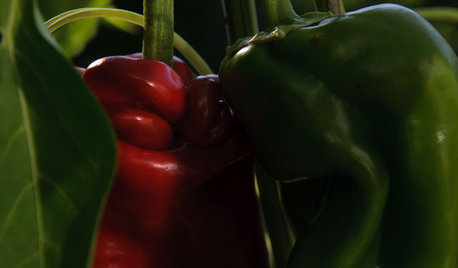
GARDENING GUIDESSummer Crops: How to Grow Peppers
Some like 'em hot; others like them sweet. With the incredible range of peppers available for home gardens, you can have your pick
Full Story
KITCHEN DESIGNKitchen of the Week: Classic Style for a Southern Belle
Marble counters, white finishes and even a pair of chandeliers give this South Carolina kitchen a timeless feel
Full Story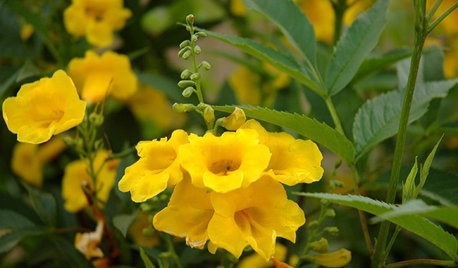
GARDENING GUIDESGreat Design Plant: Yellow Bells, a Screening Queen
With its large size and copious golden flowers, this shrub can cover walls or screen unsightly views with ease
Full Story
GARDENING GUIDESGreat Design Plant: Try Blue Bells for Blooms in Dry Soil
This shrub’s violet-blue flowers and silvery foliage brighten low-water gardens all year long
Full Story
BLACKCooking With Color: When to Use Black in the Kitchen
Consider sampling Caviar or Cracked Pepper on your kitchen walls or cabinets for richness and impact
Full Story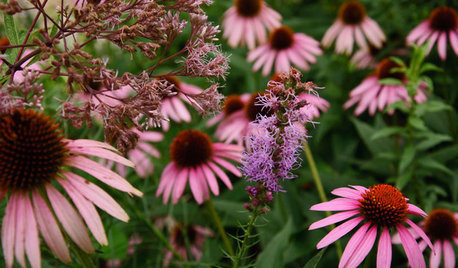
GARDENING GUIDESGreat Lakes Gardener's August Checklist
Pick the peppers and drink in the scent of lilies this month, while you mull over a mowing strip to make fall gardening easier
Full Story
GARDENING GUIDESGreat Garden Combo: 3 Wonderful Plants for a Deer-Resistant Screen
Protect your privacy and keep deer at bay with a planting trio that turns a problem garden area into a highlight
Full Story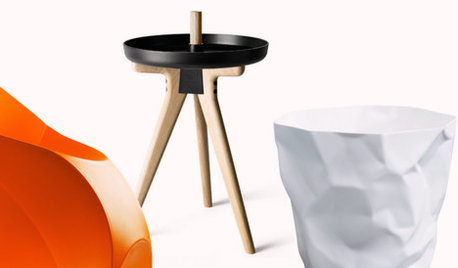
SHOP HOUZZHouzz Products: Innovative Things to Make You Say, ‘Wow’
Meet the problem solvers, the delightful finds and other models of great, creative design
Full Story
MEDIA ROOMSContractor Tips: Tune In to a Top-Notch TV Room
Outfit your media room with plenty of bells and whistles for optimal television viewing
Full Story
HOUZZ TOURSMy Houzz: Natural, Autumnal Cabin Style in California
Rich seasonal hues and rustic decor and materials create an inspiring home for an Ojai, California, color consultant
Full StorySponsored
More Discussions






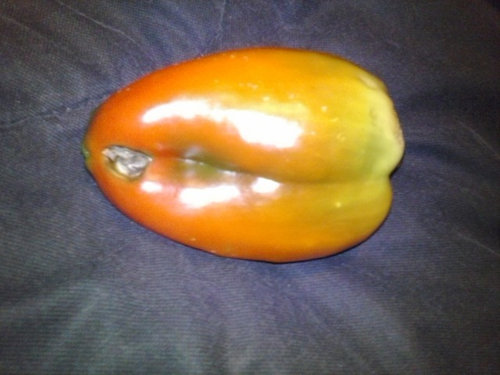

MiaOKC
Okiedawn OK Zone 7
Related Professionals
Tempe Landscape Architects & Landscape Designers · Owings Mills Landscape Architects & Landscape Designers · Wareham Landscape Architects & Landscape Designers · Dickinson Landscape Contractors · Fort Atkinson Landscape Contractors · Fridley Landscape Contractors · Glendale Heights Landscape Contractors · Hendersonville Landscape Contractors · Indianapolis Landscape Contractors · Maywood Landscape Contractors · Salem Landscape Contractors · Maple Heights Landscape Contractors · Arbutus Decks, Patios & Outdoor Enclosures · Ashburn Decks, Patios & Outdoor Enclosures · Freehold Decks, Patios & Outdoor Enclosuresslowpoke_gardener
benjamin_jsOriginal Author